
Victor Lustig (1890-1947), “the man who sold the Eiffel tower”, was a successful con artist. In 1935, master codebreaker William Friedman was asked to break an encrypted message Lustig had in his possession.
US crypto collector Marc Sachs has shown me a Burst Encoder from the 1950s. A video explains how this cleverly designed device works.
In the New York Public Library, I found a cryptogram from 1925. The cleartext could be the Declaration of Independence. I wonder who created this document and why.
British collector John Alexander has shown me a beautiful Spanish encryption device. Not much is known about its history. Can a reader find out more?
In 1934, an inmate of the Ohio State Penitentiary tried to hand an encrypted message to a visiting woman. A warden intercepted the message, a codebreaker in Washington could decipher it. Can a reader figure out what kind of cipher was used?
Around 1920, a US pulp magazine published an encrypted message exchange in its “missed persons” column. The cleartexts might refer to a familiy drama. Even two of the world’s greatest codebreakers apparently could not make sense of these cryptograms.
In 1863, during the US Civil War, a Union soldier wrote a letter to an unknown recipient. This letter is encoded in a shorthand, probably Pitman. Can a reader decipher it?
In 1948, an anonymous codebreaker deciphered an encrypted message by British parapsychologist Robert Thouless. The solution is known. Can a reader find out how the successful attack worked?
Today’s crypto mystery is about a postcard written to a noblewoman in 1914. Can a reader solve it?
The US Navy cryptologists use a logo that contains an encrypted message. Can a reader decipher it?
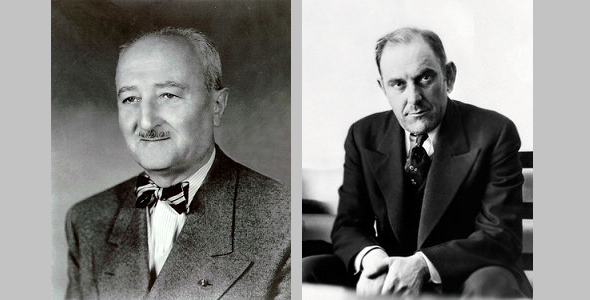
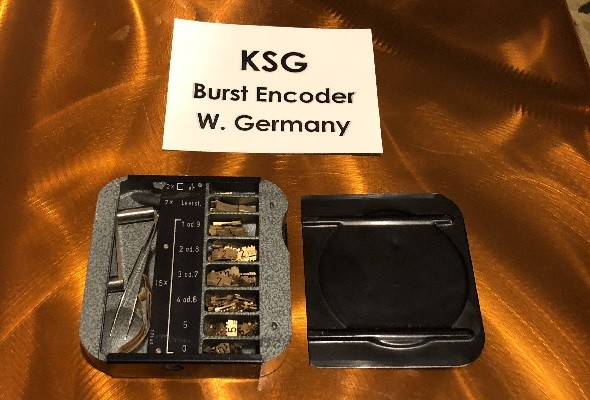
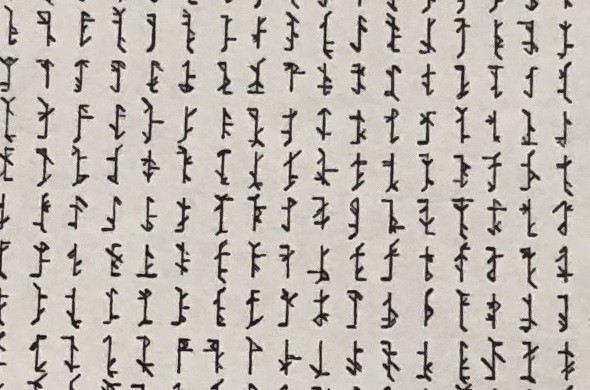
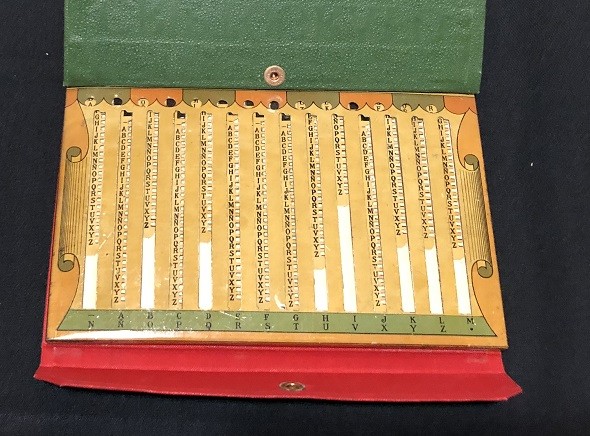
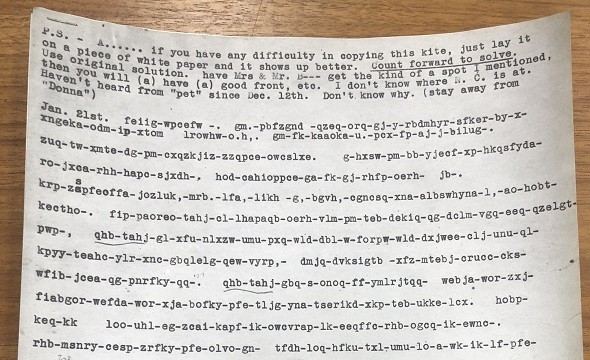
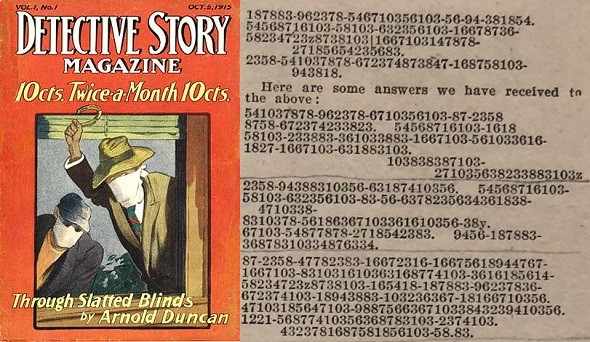
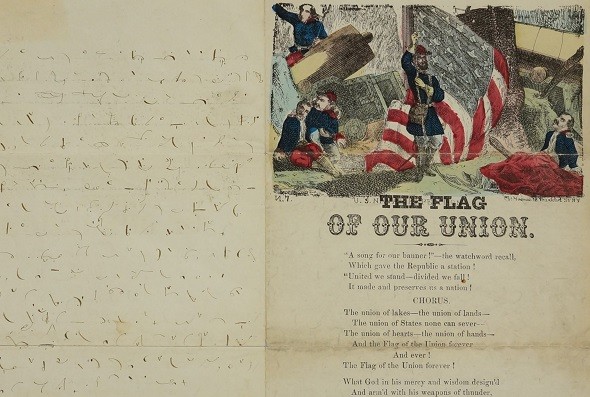
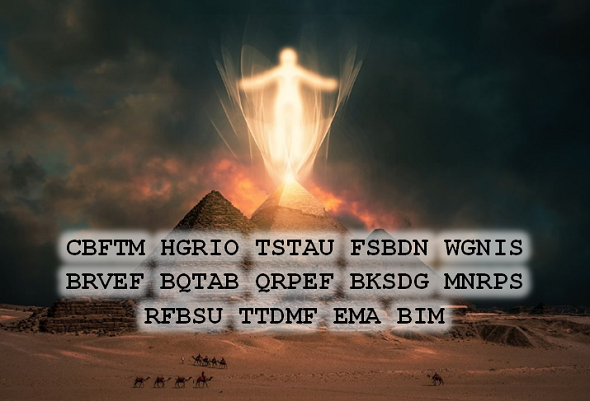
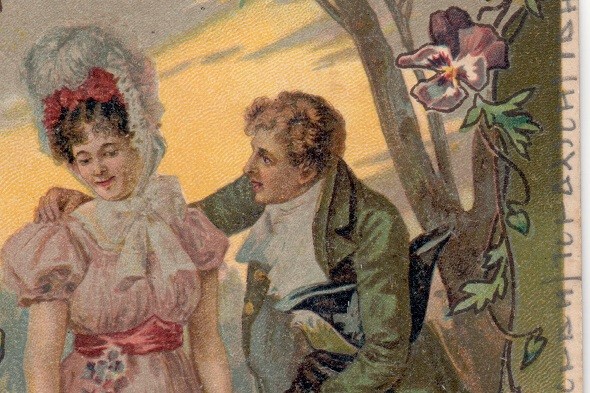
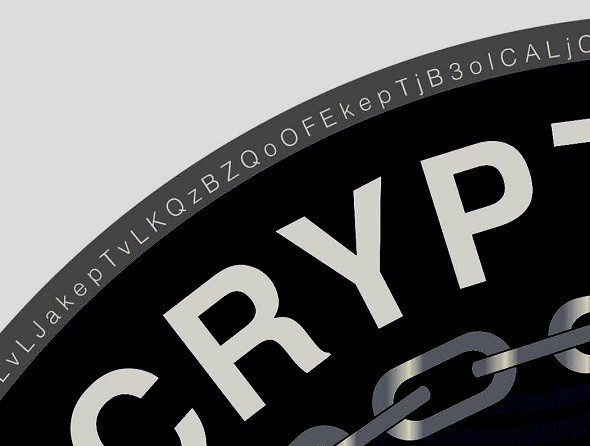

Letzte Kommentare